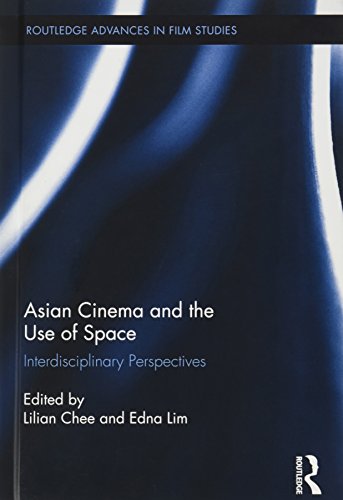

Most ebook files are in PDF format, so you can easily read them using various software such as Foxit Reader or directly on the Google Chrome browser.
Some ebook files are released by publishers in other formats such as .awz, .mobi, .epub, .fb2, etc. You may need to install specific software to read these formats on mobile/PC, such as Calibre.
Please read the tutorial at this link: https://ebookbell.com/faq
We offer FREE conversion to the popular formats you request; however, this may take some time. Therefore, right after payment, please email us, and we will try to provide the service as quickly as possible.
For some exceptional file formats or broken links (if any), please refrain from opening any disputes. Instead, email us first, and we will try to assist within a maximum of 6 hours.
EbookBell Team

4.3
18 reviewsAsian cinemas are connected to global networks and participate in producing international film history while at the same time influenced and engaged by spatial, cultural, social and political transformations. This interdisciplinary study forwards a productive pairing of Asian cinemas and space, where space is used as a discursive tool to understand cinemas of Asia.
Concentrating on the performative potential of cinematic space in Asian films, the contributors discuss how space (re)constructs forms of identities and meanings across a range of cinematic practices. Cities, landscapes, buildings and interiors actively shape cinematic performances of such identities and their significances. The essays are structured around the spatial themes of ephemeral, imagined and contested spaces. They deal with struggles for identity, belonging, autonomy and mobility within different national and transnational contexts across East, Southeast and parts of South Asia in particular, which are complicated by micropolitics and subcultures, and by the interventions and interests of global lobbies.